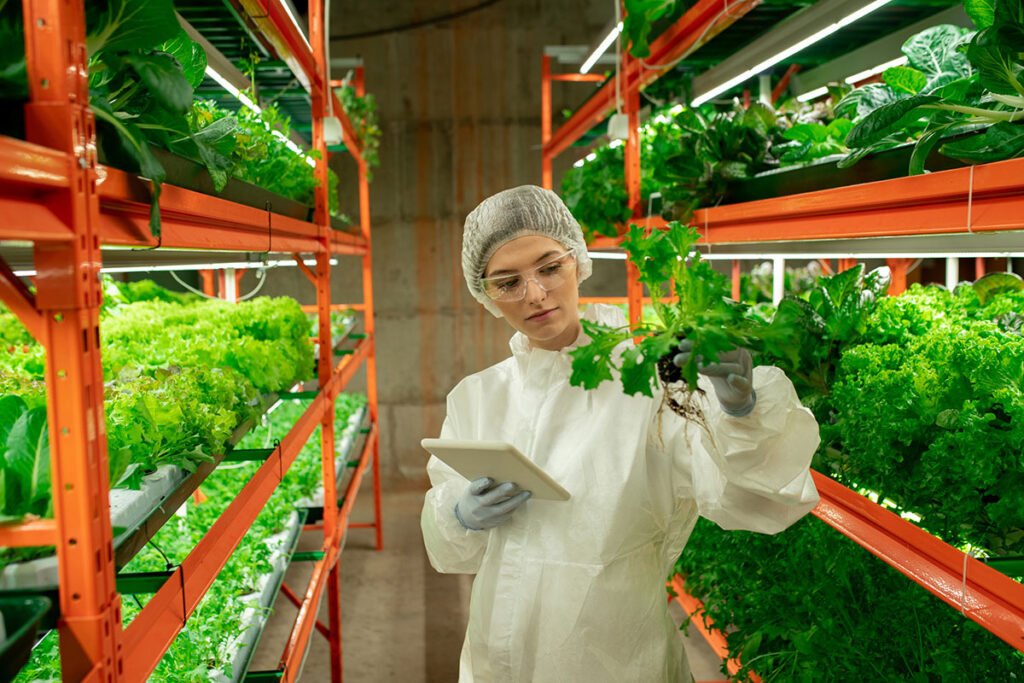Climate Control in Vertical Farming: Part 4

Indoor agriculture is gaining popularity as an efficient way to grow crops in a controlled environment. However, designing and operating these systems can be challenging, especially when it comes to managing temperature, humidity, and CO2 levels.
When it comes to managing temperature in excessively cold climates, experts suggest using chilled water systems with heat recovery. This is because direct expansion cooling systems may have more limitations on low-temperature operation. Furthermore, reusing latent heat in any hot gas reheat system or heat recovery system to a certain extent can help maintain a steady temperature.
Another important consideration is managing the leaf surface temperature of the plants. The best way to control the leaf surface temperature is by controlling vapor pressure deficit (VPD) and airflow. A delta of two degrees Celsius is generally regarded as a grower’s objective, but it’s essential to stress that it depends on the technical design and will require experience.
The optimal levels of CO2 in the indoor environment is an important consideration. During lights off, no CO2 needs to be added as ambient levels are desirable. However, during lights on, adding CO2 enhances the photosynthesis rate. Increasing CO2 levels from ambient (400+) to a maximum of 1200 PPM can result in a large increase in photosynthesis rates. However, the optimal level depends on the facility design and the loss of CO2.
When it comes to managing humidity levels, looking at the options available and pricing them out can help find the best fit for the facility. Dehumidification can be achieved via standalone dehumidifiers, chilled water/hot water, or desiccants. Desiccants are necessary when shooting for a dew point below about 50 degrees Fahrenheit.
In conclusion, designing and operating indoor agriculture systems can be complex, but considering factors such as temperature, humidity, and CO2 levels can help ensure optimal crop growth. Consulting with experts and continuously monitoring and optimizing the system can also help achieve success.